Helios | Greek God

Helios (Greek: Ἥλιος, "Sun", Latinized as Helius) is the personification of the sun in Greek mythology. Helios is the son of the titan Hyperion with the titaness Theia, and brother of the goddess Aeos, personification of the dawn, and the goddess Selena, personification of the moon. Helios' equivalent in Roman mythology is the god Sun, specifically the undefeated Sun.
Etymology and derivations
The Greek ἥλιος (from the earlier ἡϝελιος / hāwelios /) is the inherited word for the Sun from the proto-Indo-European seh₂u-el, which is cognate of sun in Latin, surya from Sanskrit, swegl from Old English, sól from Old Norse, haul from Welsh, hvar from Avestic, etc. The name Helen is thought to share this etymology and may express an alternative early personification of the sun among the Hellenic peoples.
It is from Helios came the academic term heliolatry, which denotes the worship and subsequent cults of the sun and solar deities, regardless of origin or nationality.
Also from Helium came the inspiration for the name of the chemical element helium, the second most abundant chemical element in the universe.
Myths and attributes
Helium is depicted crowned by a solar halo. He is married to Perseis, daughter of Oceanus and Thetis. With her, Helios had several children, including Eetes,Circe, Perses and Pasyphaeus, who married King Minos of Crete.
Helios with Clemene had seven daughters, the Helias, and a son, Phaethon. Hyginus also gives an alternative version, in which Phaethon is Helios' great-great-grandson.
Over time, Helios is increasingly identified with the god Apollo; however, despite syncretism, they were often seen as two distinct gods (Helios was a minor god, while Apollo is Olympian god).
The Sun Chariot
Helios circles the earth in the so-called chariot of the sun, riding across the sky to the ocean to bathe the horses, ushering in the night. Nothing in the universe escapes his sight, so even the gods conjure him to act as a witness to important events.
According to the Roman poet Ovid, Helios' chariot of the sun is a chariot, sometimes depicted as a chariot, pulled by four horses of fire, whose names vary. According to himself, the names are Piro, Éous, Éton, and Flégon.
Whereas according to Eumélo of Corinth, the names of the males are Éous and Ethiop, and that of the females, who are joined by a yoke, are Bronte, the thunderbolt; and Estherope, the lightning.
